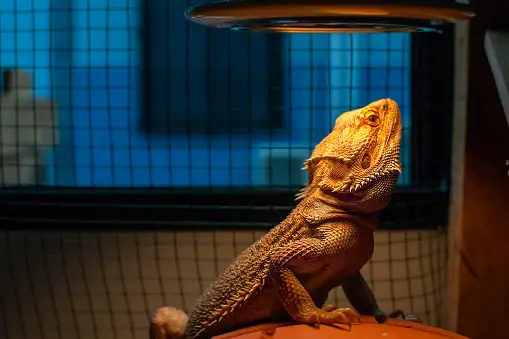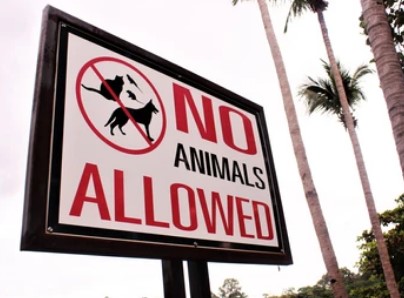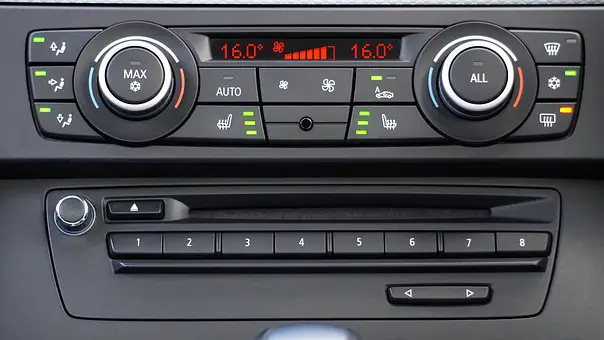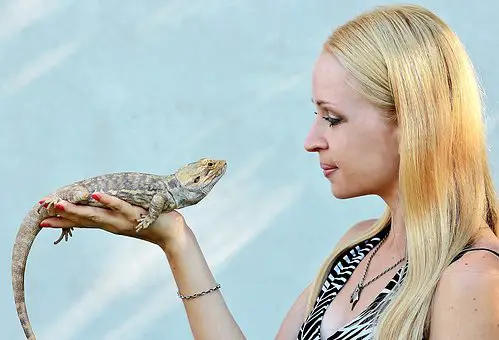If you are transporting a bearded dragon, would you like to know how to do it safely? If you are buying a bearded dragon, you need to know that a bearded dragon is a very sensitive animal. They are also quite small in size. So it will be a good idea to take precautions when transporting them. If you have not transported a bearded dragon before, this is the perfect opportunity to learn how to transport a bearded dragon safely. Read on, and I’m going to show you everything you need to know to make sure that your bearded dragon will arrive at the new home or trip destination completely safe.
In this article
What to be Concerned With While Transporting Your Bearded Dragon
Proper Temperatures for a Bearded Dragon:

Bearded Dragons require optimum Daytime maintenance between 75-85°F (24-29°C), Basking time set at 88-100°F (31-38°C), and night temperature range kept around 70-75°F (21-24°C). If your bearded dragon is out of its normal habitat temperature range for a long period, it could experience health problems.
Bearded Dragons are ectothermic, meaning they don’t make internal heat stay warm. Therefore, the heat in a bearded dragon’s habitat is important to keep its digestive system functioning at its optimum level. Without this, your bearded dragon will be in danger of potential digestive issues and impaction.
Body Injury on Physical Impact:
Transport your Bearded dragons slowly and carefully to avoid injury. They shouldn’t be slammed into walls, bounced around, or dropped or thrown in and out of transport boxes. Sudden acceleration, braking, or turns can lead to a stressful and hard transportation experience for your bearded dragon.
Proper Ventilation:
There is a likelihood that you are not in a position to transport your bearded dragon in a proper tank. If you have improvised something like a shoebox, ensure it is well ventilated to avoid suffocation.
Bearded Dragon Poop:
When transporting your bearded dragon, remember that they may need to pass stool even on a short trip. Therefore, it is important to plan for an easy to clean carriage well packed with a substrate.
Pack Food and water for the Journey:
Packing a decent amount of food for your bearded dragon to last the trip should be ideal. Going hungry may cause stress to your bearded dragon.
Destination Pet Entry Permission:

Before traveling abroad, it’s important to ensure there aren’t any local laws that might affect your pet. Some countries ban pets, including bearded dragons. Know what the local laws are before traveling to avoid having to pay a fine or being forced to release your pet.
Loss or Misplacement of your Pet:
Your pet will be with you for life, so don’t let him get lost. Please make sure you’re careful with the carrier to ensure he doesn’t get lost. On the carrier, it is critical to label your name, contact info clearly, and the carrier number for your vet ( with their permission) to call in an emergency.
How To Properly Travel With and Transport a Bearded Dragon
When traveling with your bearded dragon, it’s a good idea to take some extra precautions to ensure they stay safe and not stressed. More especially if your bearded dragon needs to be transported over long distances or during the winter months, here are a few ways to ensure that your bearded dragon stays safe and comfortable.
Gather Your Bearded Dragon’s Appropriate Supplies
It’s best to use their usual vivarium habitat when traveling, but that isn’t always possible. So the best favorable option would be to use a temporary travel tank, such as a plastic bin, a shoebox, a basket, or a cat carrier.
Before starting your trip, make sure you’ve got everything you need. That’s important because it’s what you need to keep your bearded dragon healthy during your trip.
These could include the below essentials that vary from situation to situation:
- Bearded Dragon heat pad
- Thermometer
- Proper lighting and spare bulbs
- Food and water
- Bearded Dragon carrier or a comfy bed
- Substrate
- Emergency Supplies and Medicine
- Health and grooming products
- Don’t Feed your Bearded Dragon the Day Before or the Day of Travel if you don’t have UVB and Heat Bulbs.
To ensure your bearded dragon has proper digestion, you need to have UVB and heat bulbs set up while traveling. Without these two important parts of your bearded dragon’s habitat, your bearded dragon won’t be able to bask and absorb the UVB light needed to digest its food properly.
If you don’t have a UVB and heat bulb setup, it is best not to feed your bearded dragon. However, this should be applicable over short-distance travel to avoid starving the bearded dragon over a long period of no food.
Go Right Into a Pre-Heated Car

Make sure your vehicle is heated before boarding bearded dragons, especially if traveling in winter or colder temperatures. Bearded Dragons thrive in warmer temperatures, so you don’t want to be the one making them cold in your car.
Secure Your Bearded Dragon carrier
Fasten the carrier to the car seat to ensure its safety. Seat belts were not designed to protect the safety of the bearded dragon but may help if a major accident occurs.
In the same breath, secure any loose objects within the carrier or remove them altogether from the carrier during active motion. These objects may hurt the dragon.
Drive Carefully
If you’re taking your pet on a long drive, then you want to make sure that your pet is as comfortable as possible. A comfortable ride will do more than anything to help your Bearded Dragon friend remain calm and relaxed.
Too fast or sudden acceleration, abrupt braking, or a drastic turn could all be responsible for your bearded dragon being thrown around or out of whatever you are transporting them in. Such stressful disturbance could be fatal and must be avoided.
Keep an eye on Your Bearded Dragon Frequently during the journey.
Be sure to check in on your beardies regularly while traveling. They could be having a problem if they’re being tossed around, an object has fallen on them, or if they’re in the wrong temperature.
Having your Bearded Dragon escape by any means could be very dangerous to them, so keep an eye on them at all times.
Worse still, if handled by other people, they may get misplaced or lost if their carrier is not appropriately labeled and contact information visible.
Assess and Get Your Bearded Dragon in Their Habitat Immediately You Arrive
Always inspect your Bearded Dragon of any visible injury or stress signs upon your arrival. If all look okay, prioritize returning your dragon to their habitat to minimize the time they’re out without their ideal environment.
Conclusion
Long trips should be planned well in advance and packed with all the necessary items for the enclosure. The detailed guide above will list everything you need and give you some tips.
Their heated carriers will not help your bearded dragon digest food well for a trip longer than two days. Preparing for a mobile sunlit basking spot setup will be good since the sun is a better UV source than the heat lamps.
Never leave your Bearded Dragon carrier unattended in direct sunlight since this can cause it to heat up and overwhelm the pet. Make sure you check your carrier regularly, especially when you are on long trips when things can get monotonous.
Always be ready to check and clean your dragon’s mess when it defecates because the small space means that it will probably crawl all over it and make a bigger mess. You will most likely smell it right away in a closed car.


